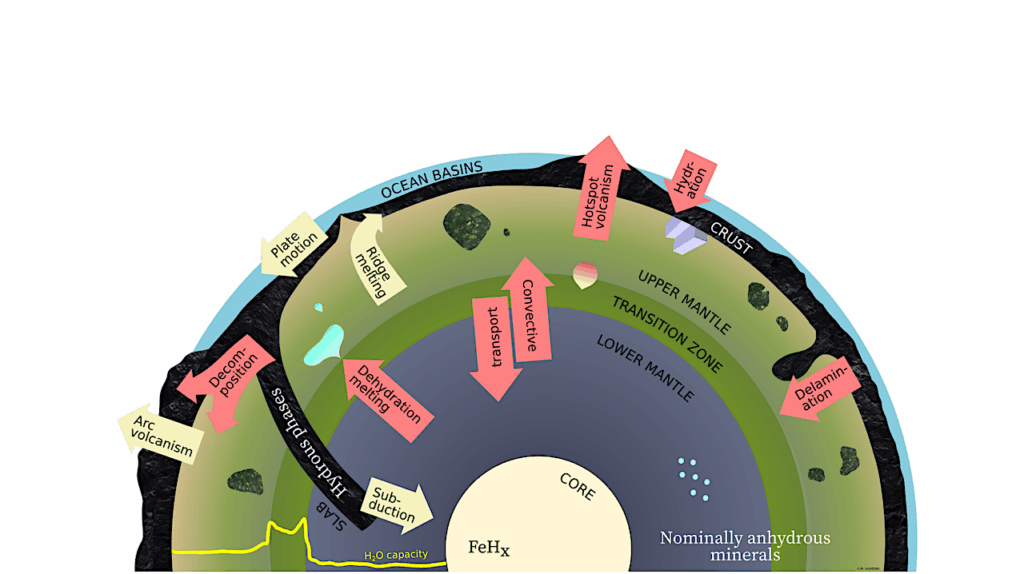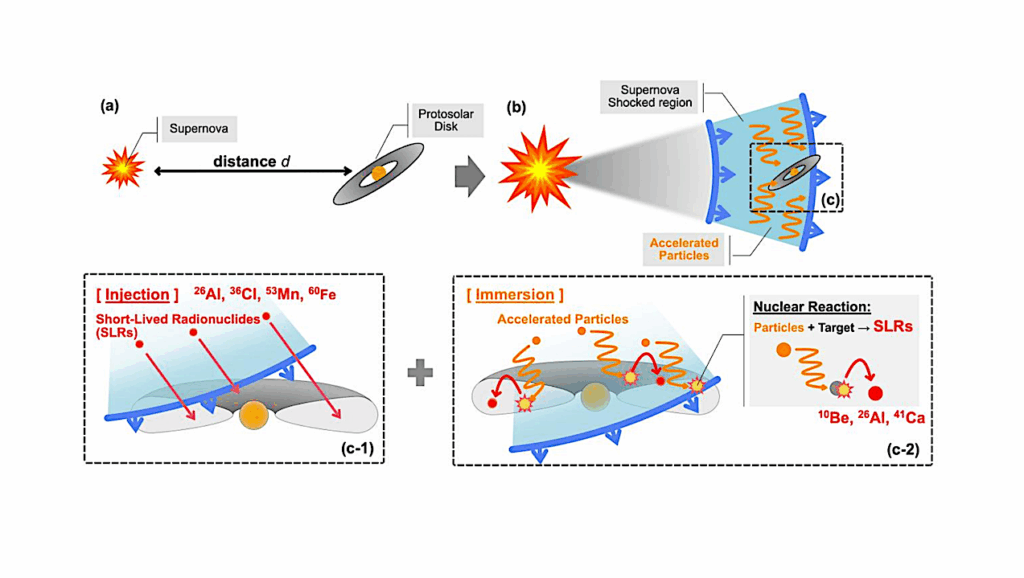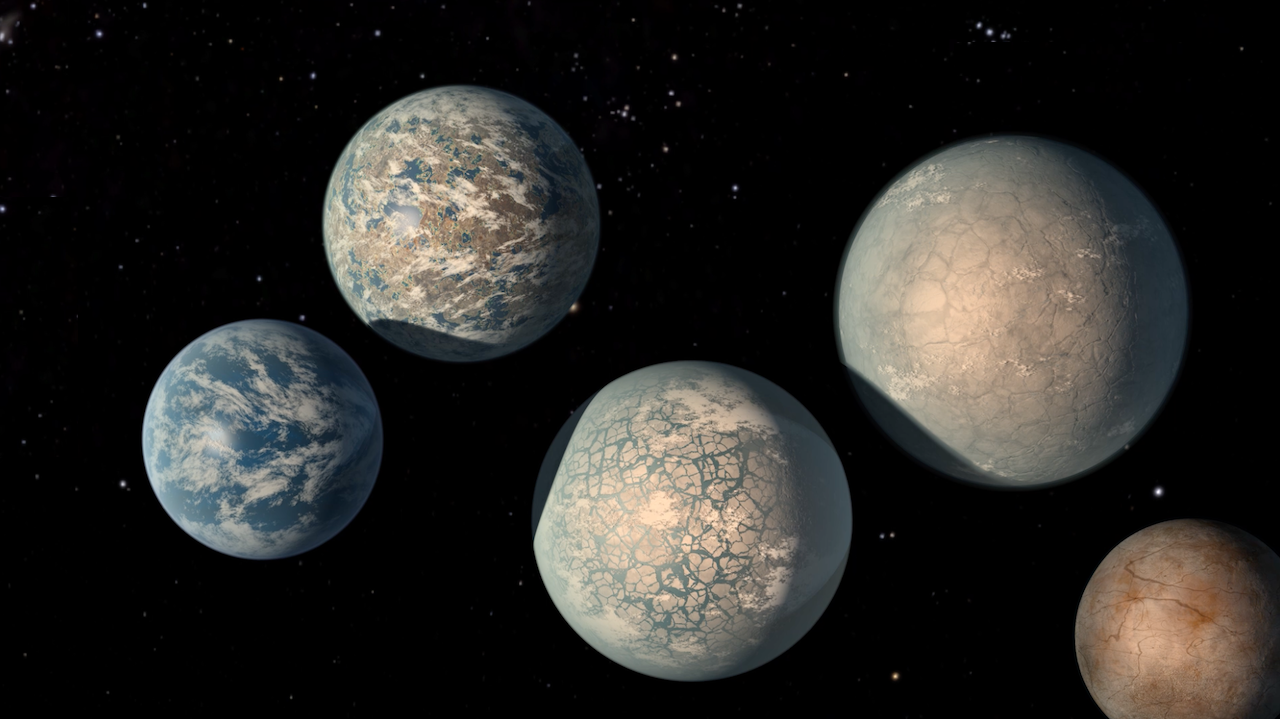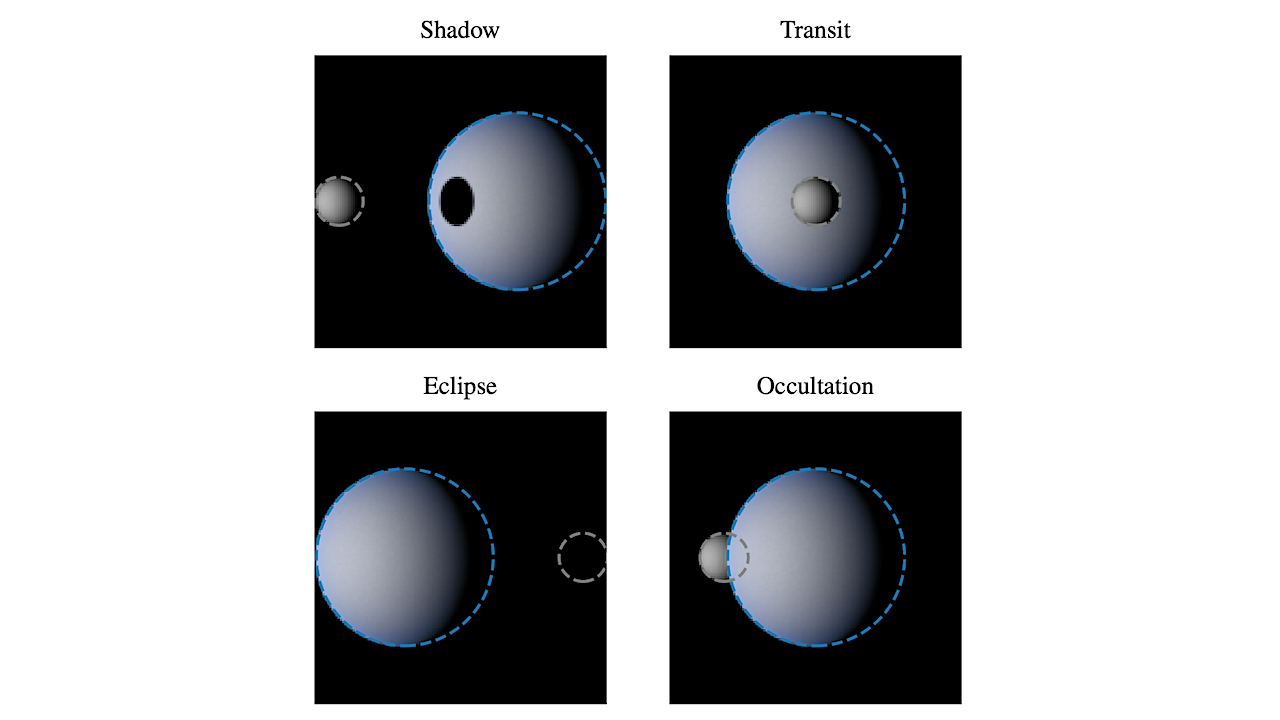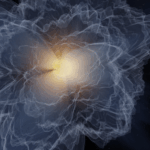Now Reading: Discovery Of An Intriguing Chemically Rich Outflow In The OMC-2/3 Filament
-
01
Discovery Of An Intriguing Chemically Rich Outflow In The OMC-2/3 Filament
Discovery Of An Intriguing Chemically Rich Outflow In The OMC-2/3 Filament
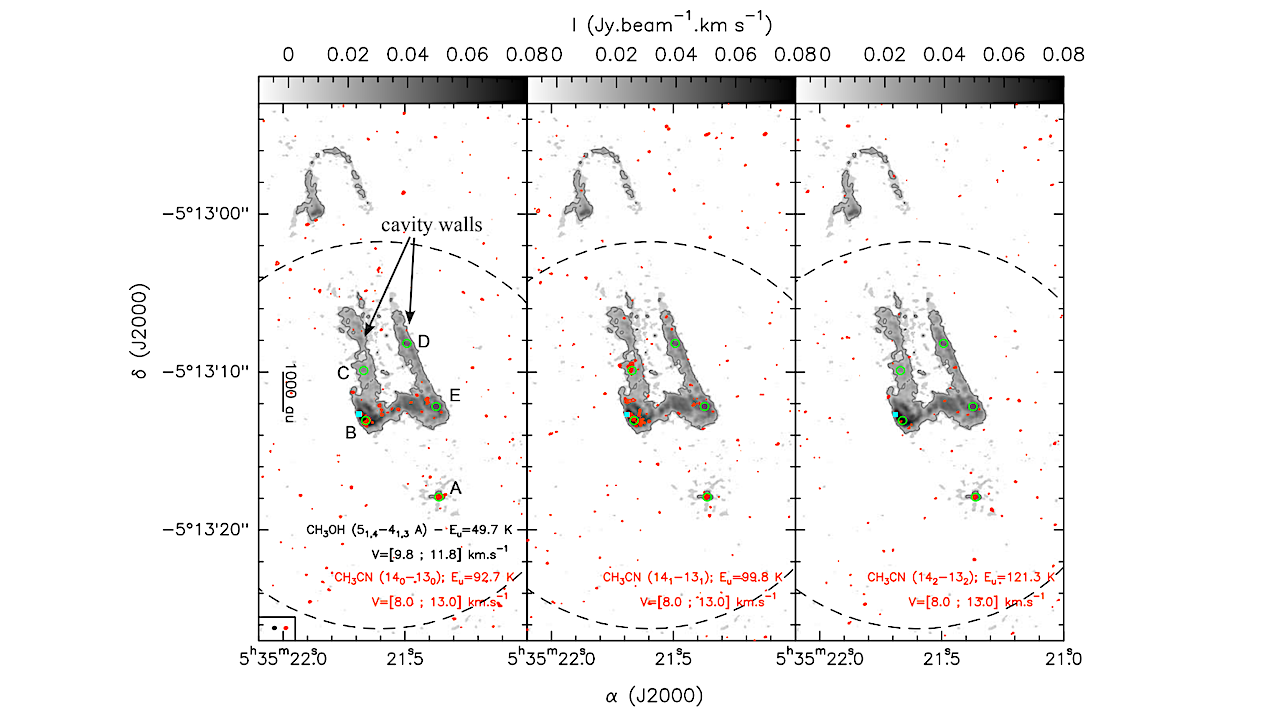

Moment 0 maps of CH3CN (orange contours) overlaid on the CH3OH (51,4 − 41,3 A) emission (grey-scaled background). The moment maps are shown only around the systemic velocity ([10.8 ± 1] km s−1 ; right), where the CH3CN emission is detected. For CH3OH the 4𝜎 level is shown with the grey contours. For CH3CN, levels start at 4𝜎 with steps of 1𝜎 (1𝜎 = 2.9 mJy.beam−1km s−1 ). The green circles show the five regions of 0.5 ′′ × 0.5 ′′ defined to extract the spectra. The filled cyan square indicates the location of the starless core FIR6c-c (Kainulainen et al. 2017; Bouvier et al. 2021). The beams of CH3OH and CH3CN are depicted in the lower left corner of the left box. The dashed black circle represents the primary beam of 24.5′′ from the CH3CN observation. — astro-ph.GA
Studying chemically rich protostellar outflows and their jet provides an important insight into the low-mass star formation process and its related chemistry.
Whilst well-known shock tracers such as SiO can be used to study the jet properties and give information about the dynamics of the system, interstellar complex organic molecules (iCOMs) have been useful in constraining the age of shocked gas, for example. Yet, the number of outflows mapped in iCOMs is still limited. In this work, we study the outflow driven by the protostar FIR6c-a (HOPS 409) located in the OMC-2/3 filament.
We report the detection of the red-shifted jet, left undetected in previous studies, as well as the detection of the iCOMs methanol (CH3OH) and methyl cyanide (CH3CN) for the first time towards this outflow. Using SiO, we derived some jet properties (i.e., collimation and dynamical time).
We found a clear dichotomy between the blue- and red-shifted jets, likely due to the density of the medium in which the jets propagate. In addition, we identified two bow shocks within the blue-shifted part of the outflow, which we attribute to two different ejection events.
Finally, using the CH3OH and CH3CN abundance ratio and chemical modelling, we constrained the outflow age to be ≥1000 yr old and, surprisingly, found that a cosmic-ray ionization rate of 10−14 s−1 is needed to reproduce the observed ratio towards the source.

Top: Velocity integrated emission of the SiO (6-5) emission associated with the jet zoomed-in towards each jet. The position of the knots along the jet are indicated by the white horizontal lines. The position of the protostar FIR6c-a is marked by the filled orange star. The primary beam is shown by the white dashed line and the beam is depicted in the bottom left part of each box. Left upper panel: Emission from the northern (blue-shifted) part of the jet, integrated between -12.5 and +5.5 km s−1 . Contours start at 10𝜎 (1𝜎 =7 mJy.beam.km s−1 ) and increase with steps of 15𝜎. Right upper panel: Emission from the southern (red-shifted) part of the jet, integrated between +15 and +27 km s−1 . Contours start at 10𝜎 (1𝜎 =5.7 mJy.beam.km s−1 ) and increase with steps of 20𝜎. Bottom panels: Deconvolved widths (2𝑅jet) of the SiO (6-5) emission as a function to the distance from FIR6c-a, for the northern jet (left) and the southern jet (right). The solid red lines correspond to the fit performed on the data points (black filled circles). The dashed green lines have an opening angle of 3 ◦ and initial width of 30 au, corresponding to the typical collimation found in Class II atomic jets (e.g., Dougados et al. 2000; Woitas et al. 2002; Agra-Amboage et al. 2011). The position of the arc-like feature (see Sec. 3) is indicated by a dashed magenta line in the top left panel and by a grey dashed and dotted line in the bottom left panel. — astro-ph.GA
M. Bouvier, L. Giani, L. Chahine, A. López-Sepulcre, C. Ceccarelli, L. Podio
Comments: 20 pages, 14 figures, accepted in MNRAS
Subjects: Astrophysics of Galaxies (astro-ph.GA)
Cite as: arXiv:2504.10133 [astro-ph.GA] (or arXiv:2504.10133v1 [astro-ph.GA] for this version)
https://doi.org/10.48550/arXiv.2504.10133
Focus to learn more
Submission history
From: Mathilde Bouvier
[v1] Mon, 14 Apr 2025 11:42:54 UTC (1,239 KB)
https://arxiv.org/abs/2504.10133
Astrobiology, Astrochemistry,
Stay Informed With the Latest & Most Important News
Previous Post
Next Post
-
 012024 in Review: Highlights from NASA in Silicon Valley
012024 in Review: Highlights from NASA in Silicon Valley -
 02Panasonic Leica Summilux DG 15mm f/1.7 ASPH review
02Panasonic Leica Summilux DG 15mm f/1.7 ASPH review -
 03From Polymerization-Enabled Folding and Assembly to Chemical Evolution: Key Processes for Emergence of Functional Polymers in the Origin of Life
03From Polymerization-Enabled Folding and Assembly to Chemical Evolution: Key Processes for Emergence of Functional Polymers in the Origin of Life -
 04How New NASA, India Earth Satellite NISAR Will See Earth
04How New NASA, India Earth Satellite NISAR Will See Earth -
 05And Thus Begins A New Year For Life On Earth
05And Thus Begins A New Year For Life On Earth -
 06Astronomy Activation Ambassadors: A New Era
06Astronomy Activation Ambassadors: A New Era -
07SpaceX launch surge helps set new global launch record in 2024












